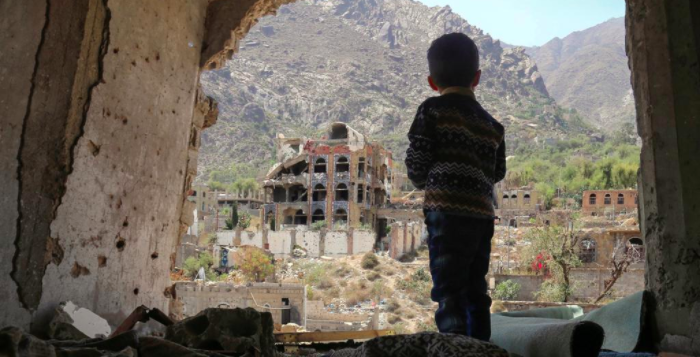Yemen, a small country home to roughly 29 million people, is currently facing a humanitarian crisis unlike any we’ve ever seen before. The war-torn country is currently dealing with the fatal consequences of COVID-19, as well as a bacterial disease called cholera. Cholera is spread in water and has been a point of concern for Yemenis since April of 2017.
In the midst of the coronavirus pandemic, Yemen’s healthcare system has also collapsed, leaving an estimated total of 1.2 million cholera cases to go untreated according to the World Health Organization (WHO). Cholera can cause severe diarrhea and dehydration, and if not treated immediately, it may result in shock or seizures for severe cases. Mark Lowcock, the UN (United Nations) Humanitarian Chief stated that nearly 25% of the people who tested positive for coronavirus in
Yemen have died from it, and the virus itself is spreading quite rapidly. It has been reported by
Save the Children that “only half of Yemen’s health facilities are still fully functional”.
In addition, there was a six-week ceasefire that halted the Houthi movement to prevent the spread of the unpredictable Coronavirus. This six-week period has since expired and has caused the war to return to the streets of Yemen’s capital, Sanaa. This violent movement consists of airstrikes, starvation, murder, torture, and sexual violence as forms of warfare. There has also been a surge in the recruitment of child soldiers, two million of which have had no choice but to discontinue their education.
Unfortunately, Yemen is also facing a money crisis that will heavily impact their WASH (water, sanitation, and hygiene) operations, causing the services it provides to be shut down for nearly four million people until they receive $30 million in funding. The United Nation’s children Fund’s (UNICEF) COVID-19 response team is severely underfunded and requires $53 million in funding to continue their services, which consists of training frontline workers, properly equipping health care facilities with testing kits and oxygen concentrators, and stocking healthcare facilities with Personal Protection Equipment (PPE). Nearly half of Yemen’s population consists of children and it is estimated that by the end of the year, 2.4 million of these children will become malnourished. UN Humanitarian Chief, Mark Lowcock, also reported that we can expect “more people to starve to death and to succumb to COVID-19 and to die of cholera and to watch their children die because they are not immunized for killer diseases”.
Yemen’s UNICEF Representative, Sara Beysolow Nyanti, expressed her concern for Yemen’s children with the following statement: “As the world’s attention focuses on the COVID-19 pandemic, I fear the children of Yemen will be all but forgotten. Despite our own preoccupations right now, we all have a responsibility to act and help the children of Yemen. They have the same rights as any child, anywhere”.
UNICEF has reported that ten million children in Yemen are currently without clean water and proper access to sanitation, a number that has alarmingly increased. It is crucial that Yemen receive the funding they need in order to avoid the possible extinction of their people and save their children from the risks of child labor and being forcefully recruited into an armed group. Yemen is in dire need of a helping hand that can’t come soon enough.











